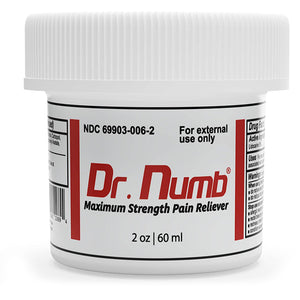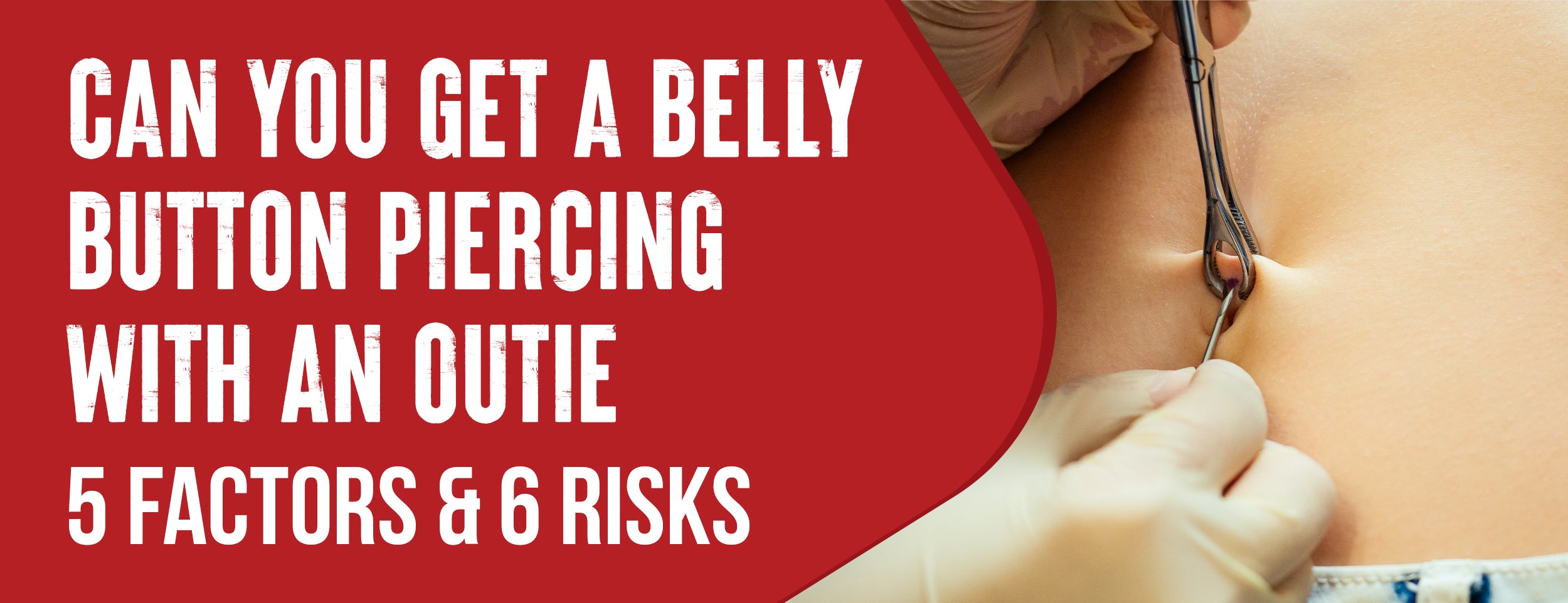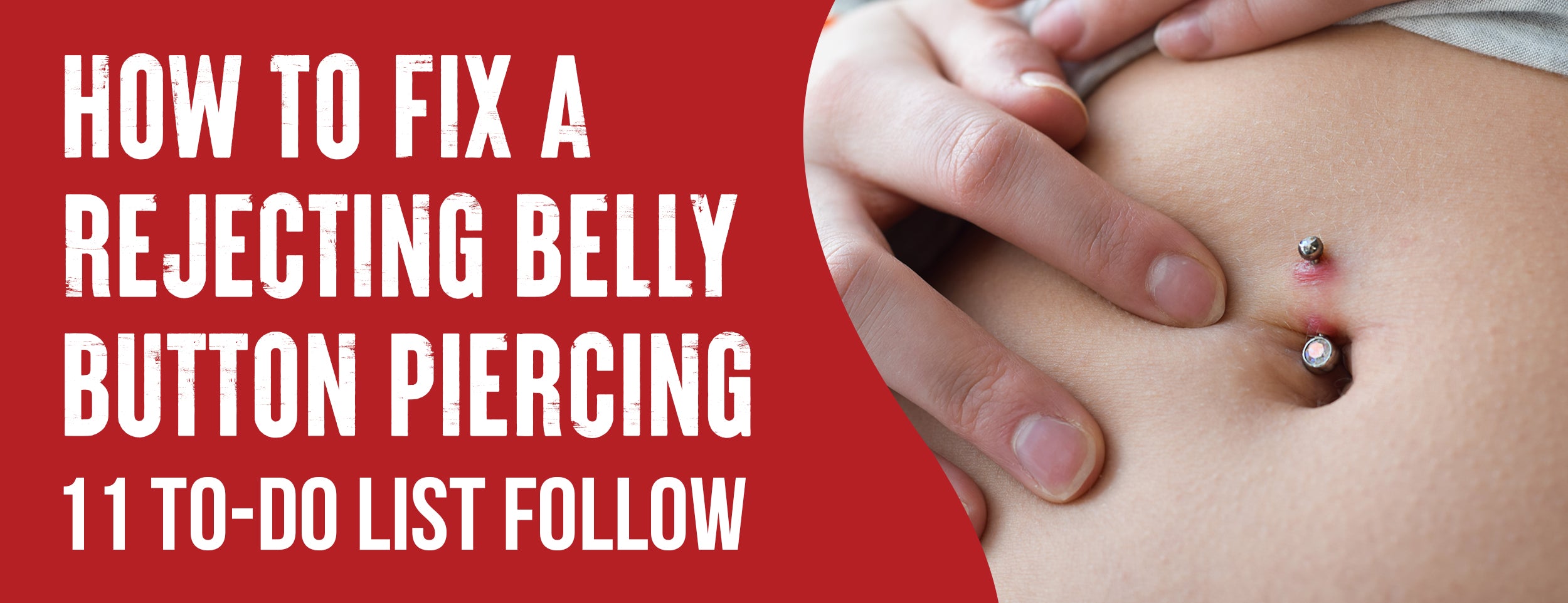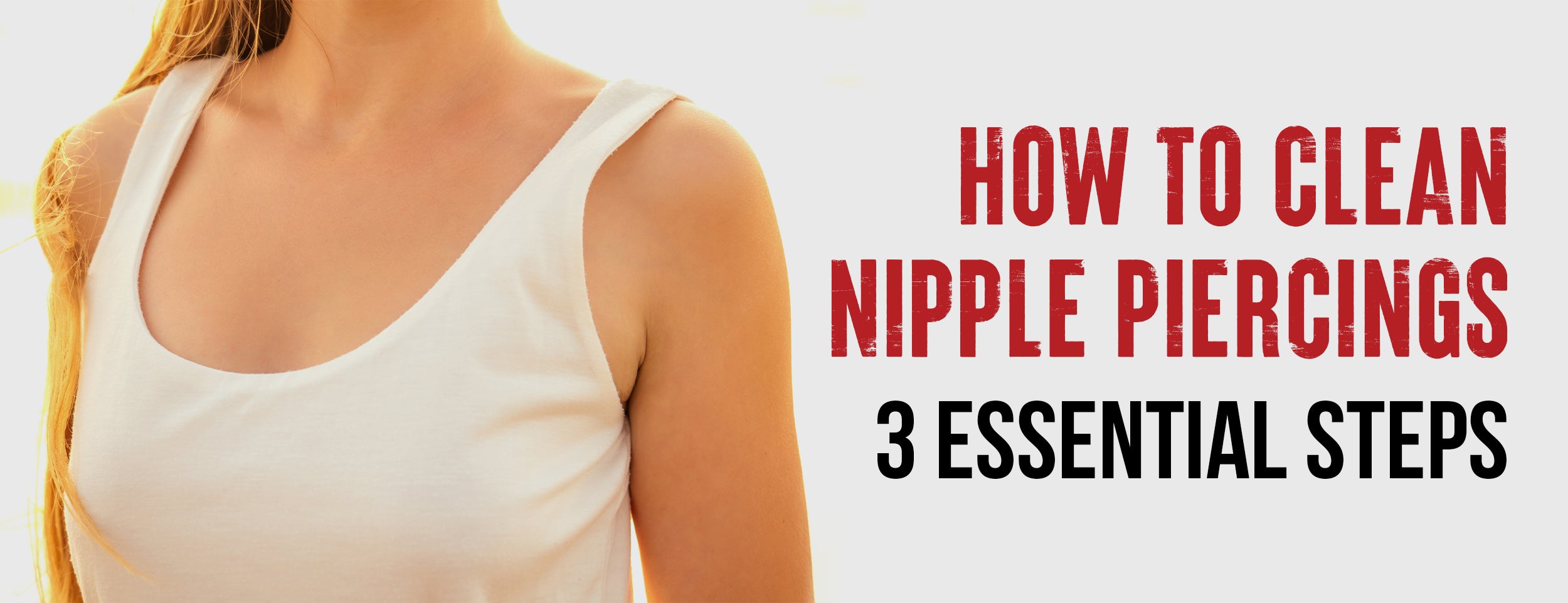Ear piercing has become a fashionable accessory decorating ears, known as escaping. Piercing studios such as Studs and Rowan have popularized this trend. With so many options available, it's challenging to choose the right ear piercing for you. Cost, pain, and aftercare may vary significantly from one piercing to another.
A professional piercer and a dermatologist have provided a comprehensive guide on various ear-piercing options. These include Standard Lobe Piercing, Helix Piercing, Conch Piercing, and Daith Piercing, among others.
This blog post will explore unique and creative ear-piercing ideas, along with aftercare tips.
Ear Piercing Ideas: 15 of the Best
You've come to the right place if you're thinking about getting your ears pierced or just looking for a fresh update. Here are some of the chicest and unique ear-piercing ideas. We have classic lobe piercings and more adventurous cartilage options.
Snug Piercing

This piercing is on the cartilage between the inner conch and the ear's outer rim. It's a beautiful way to enhance any curated ear look. However, it's essential to know that not everyone can pull off this piercing. Some ear shapes might not be suitable for it. So, before you make an appointment, it's a good idea to consult with an expert piercer.
It's important to remember that snug piercings are painful for some people. The initial healing process typically takes about four to six months, but it might take up to a year for the area to fully recover. Post-procedure care is crucial as snug piercings can be prone to trauma after the procedure.
Rook Piercing

A rook piercing is an intriguing addition to an already decorated ear. This piercing is found on the inner and outer upper ear ridge. While it's less common than other inner ear piercings, it's gaining popularity among those who love to sport multiple earrings.
Again, like snug piercings, rook piercings may not be suitable for all ear shapes and are relatively high on the pain scale. You can expect a rook piercing to heal in about six to twelve months.
Industrial Piercing

An industrial piercing is a striking way to adorn your ear. It involves any two holes connected by a barbell. Typically, it is a double piercing connected horizontally across the upper ear. The most common variation comprises holes in the helix and forward helix.
Another interesting version is the vertical industrial placement, which includes a helix and rook or conch piercing. Always ensure these piercings are done with a needle, never a gun.
Industrial piercings can be painful, similar to other cartilage piercings. The healing process usually takes about six to twelve months.
Helix Piercing

The helix piercing is a fantastic choice for those looking to step up their ear piercing game. Tucked away on the upper outer edge of your ear, this cartilage piercing brings an edgy flair to your look. While it's more intense than lobe piercings, most people find the discomfort manageable.
Although this trendy piercing is a hit among fashion enthusiasts, it requires more patience in healing. Your helix piercing can recover fully in about three to six months. But remember, everyone's body heals at its own pace.
Forward Helix Piercing

The forward helix piercing might catch your eye if you enjoy unique and stylish piercings. This intriguing placement sits on the front-facing cartilage area above where your ear connects to your head.
The cool thing about a forward helix piercing is that you can choose a single, double, or even triple placement, opening up a world of creative possibilities. However, like the helix piercing, the healing process for a forward helix piercing takes about three to nine months.
Flat Piercing

This unique placement is nestled on the inner cartilage of your ear, right between the helix and rook piercings. It offers a modern twist to traditional ear piercings and is a great way to show off your style.
To heal, the flat piercing aligns with other cartilage piercings. Depending on your body's natural recovery rate, you can expect it to heal within three to six months. Proper aftercare is always crucial to ensuring your new piercing heals smoothly and without complications.
Daith Piercing

For those seeking a piercing with a bit more oomph, the daith piercing is an excellent choice. This piercing sits in the ear's innermost cartilage fold, offering a distinctive and eye-catching look.
While the daith piercing might be higher on the pain scale, the unique style it brings is often worth the brief discomfort. Once pierced, the daith typically takes about 3 to 9 months to heal.
Everyone's healing process is unique, so listening to your body and following your piercer's aftercare instructions is essential.
Upper Lobe Piercing

The upper lobe piercing is an excellent upgrade from the standard. It's positioned slightly higher on the earlobe, creating a chic double-lobe look.
This piercing doesn't cause much discomfort and heals quickly, taking about six to ten weeks. Remember, the higher the piercing, the longer it may take to heal completely.
Standard Lobe Piercing

The standard lobe placement is the most popular piercing choice. Compared to other standard piercings, it is known for being relatively painless.
Because the earlobe lacks cartilage, the healing process is usually quick, typically taking six to eight weeks after the session. This versatile and low-maintenance piercing is a favorite among many.
Trendy Tragus Piercing

The tragus piercing is another stylish option to consider. It's on the small flap that partially covers your ear canal. Don't worry, it looks more intimidating than it is. This piercing is one of the least painful cartilage piercings.
However, it requires patience during healing, lasting from three months to a year. To ensure a smooth recovery, avoid wearing earphones or sleeping on the side of the piercing during this time.
Anti-Tragus Piercing

The anti-tragus piercing is a bold choice for those not afraid to stand out. This piercing is placed above the earlobe in a slight ear curve. It's called the 'anti-tragus' because of its location opposite the tragus. Either a barbell or ring earring can be used for this piercing.
Remember that the anti-tragus is higher on the pain scale than other ear piercings. As with the tragus, healing takes around three months, with an entire recovery period of six to twelve months. To protect your piercing, avoid wearing earphones and not sleep on the side of your piercing.
Constellation Piercing

This style involves multiple piercings scattered across your ear, much like how stars are spread out in a constellation in the night sky. This kind of piercing allows for a lot of creativity.
You can choose where you want each piercing and what type of jewelry you'd like to wear in each one. The result is a personalized cluster of sparkles that genuinely stand out.
Horizontal Lobe Piercing

This isn't your typical earlobe piercing, piercing it's a fresh twist on the classic. Instead of going through the front of the lobe, a horizontal lobe piercing goes from one side of the lobe to the other horizontally. This allows you to rock a barbell earring, adding a cool edge to your look.
Stacked Lobe Piercing

If you love having multiple earrings in your lobe but want to stay within the ear, a stacked lobe piercing might be perfect for you. This style involves two or more piercings placed very close together on the lobe. You can wear matching earrings in these piercings or mix and match for a more eclectic look.
Layered Ear Piercing

Consider a layered ear piercing for those who want to take their ear adornment to the next level. This involves getting multiple piercings in different ear areas, such as the lobe, helix, and tragus. You can then layer your earrings by wearing various types and sizes of jewelry. This creates a visually exciting look that's full of depth and dimension.
Ear Piercing Cost Facts & Aftercare
Ear piercings can cost anywhere, depending on the intricacy of the piercing. Snug or industrial piercings usually cost more than standard lobe piercings. It is recommended to inquire about whether the initial jewelry is included in your chosen studio.

Aftercare Tips
One crucial aspect to remember is that everyone's tolerance for pain varies. Suppose the thought of the piercing needle makes you nervous. There are safe and effective numbing creams available. One such product is Dr Numb Numbing Cream.
It contains 5% lidocaine, which can help reduce pain, causing no harmful side effects. This vegan and steroid-free formula should numb the skin for 2-3 hours after application, making it a perfect companion for your piercing session.
It's important to know that getting a new piercing is just the beginning of a journey. Aftercare ensures your skin stays healthy and the piercing heals properly.
Experts recommend cleaning the pierced area twice a day with a saline solution during the healing process. Remember to always wash your hands before touching your piercing to avoid infection.
Conclusion
From the classic standard lobe piercing to the trendsetting tragus, there's a style to suit every taste, personality, and level of bravery.
Remember, your ears are a canvas for self-expression, so don't be afraid to experiment with different styles and types of jewelry. Most importantly, take good care of your piercings during the healing process.
With proper aftercare, you can ensure a healthy and beautiful result. So, whether you're a piercing veteran or a curious newbie, this guide has given you some fresh inspiration and helpful information.

![The 15 Best Ear Piercing Ideas [With After Care Tips]](http://drnumb.com/cdn/shop/articles/15_Exciting_Ear_Piercing_Ideas___You_Should_Not_Miss.jpg?v=1707817375&width=1100)












